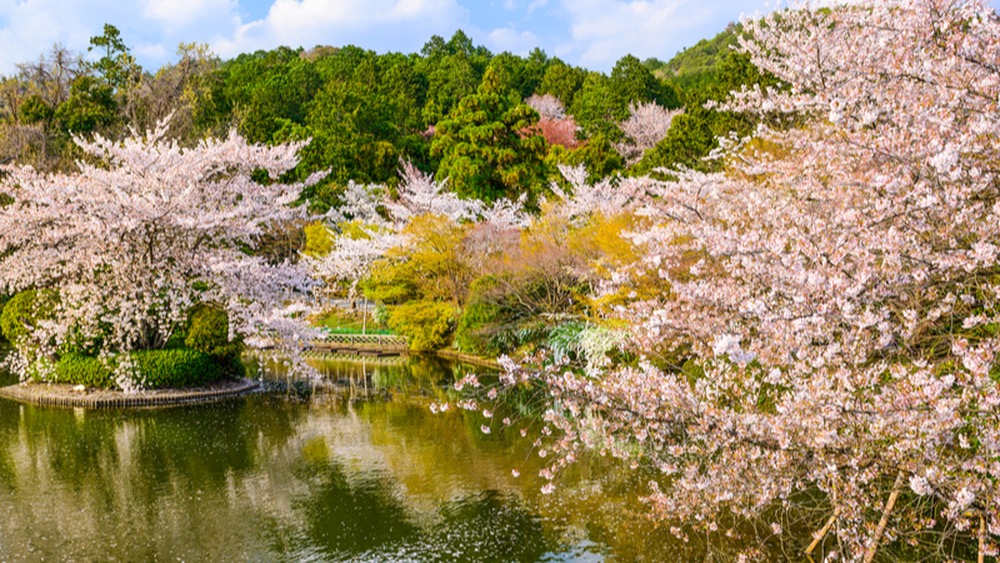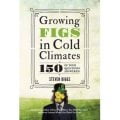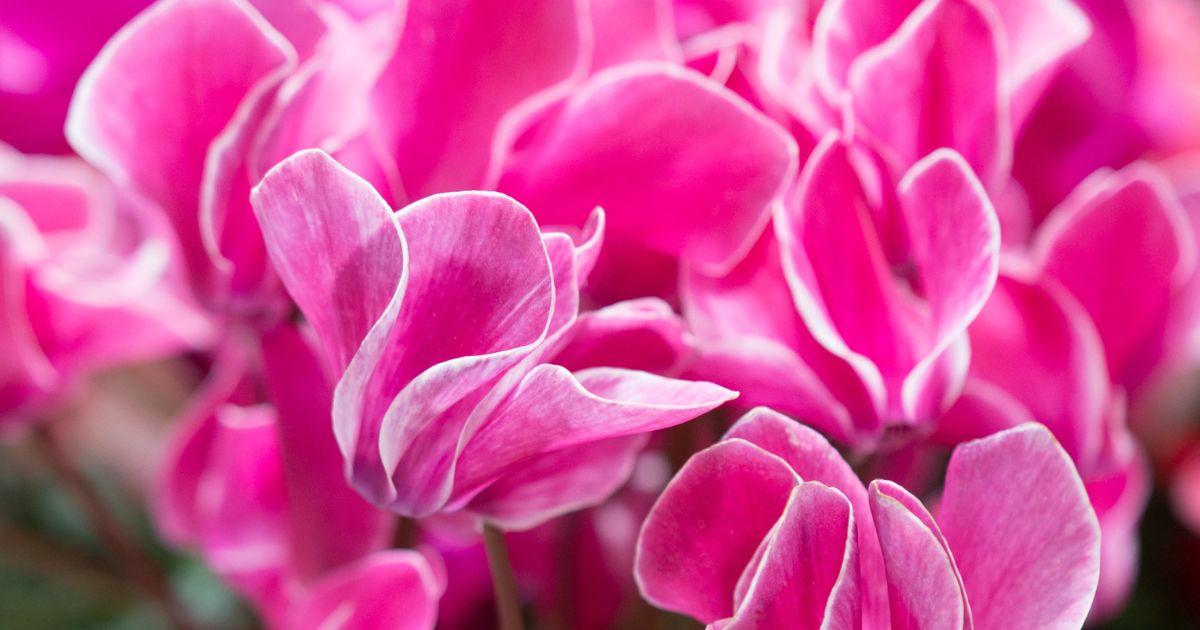When I moved from Calgary to Lethbridge, Alberta, I was immediately charmed by the city’s magnificent trestle bridge, beautiful river valley, and the marvellous colonies of prickly pear cactus growing on its sunny hillsides. I had been a longtime fan of Lethbridge’s Nikka Yuko Japanese Garden, but it never occurred to me that I would one day be working there. A year after my move, I was introduced to the garden’s executive director, Michelle Day. I loved her vision for the garden, and she loved my passion for plants and gardening. A very happy partnership was thus established, and I have been doing both tours and educational presentations for Nikka Yuko ever since.
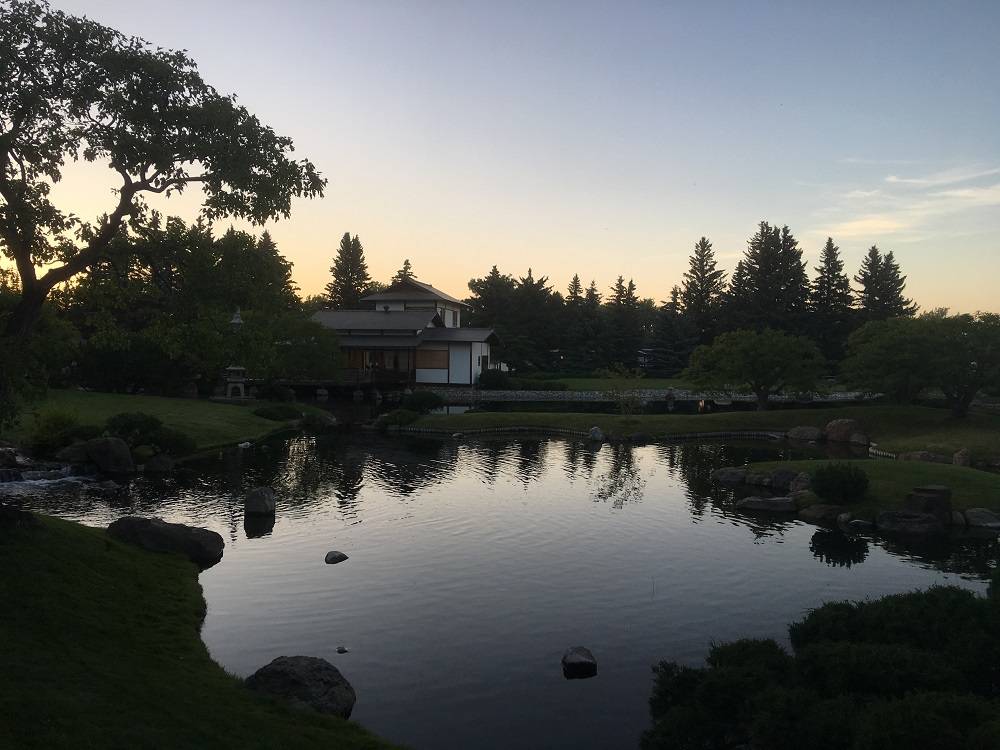
It is indeed curious that a small, dry, windy and cold city like Lethbridge should be home to an authentic and magnificent Japanese garden (the garden opened as a Centennial project in 1967). This was an occasion so auspicious that even Princess Ayako of Takamado of the Japanese imperial family was in attendance and media coverage was extensive.
Celebrating the lasting friendship between the people of Canada and Japan, it was a bold and progressive move in the 1960s for a city to make a Japanese garden its project. With many citizens of Japanese ancestry, Lethbridge set a precedent for inclusion and welcome that has carried over to the present day.
How was it possible, though, to create a real Japanese garden in a climate as challenging as Zone 3? It was a project that called for creativity, resourcefulness and brave choices. A Japanese garden needs to work with and harmonize with the land, but also with the people who live there and how they go about their lives. The garden was designed by Japanese landscape architects who were masters in their field of study, who also studied the climate and topography of southern Alberta. The result is a garden that acknowledges Alberta’s open prairies, lush forests, rocks and mountains, as well as the natural grace and beauty of flowing water. Serene and symbolic, Nikka Yuko has evolved into a place where birds congregate, water flows soothingly over rocks, and the sound of the wind in the trees sings to you gently but insistently.
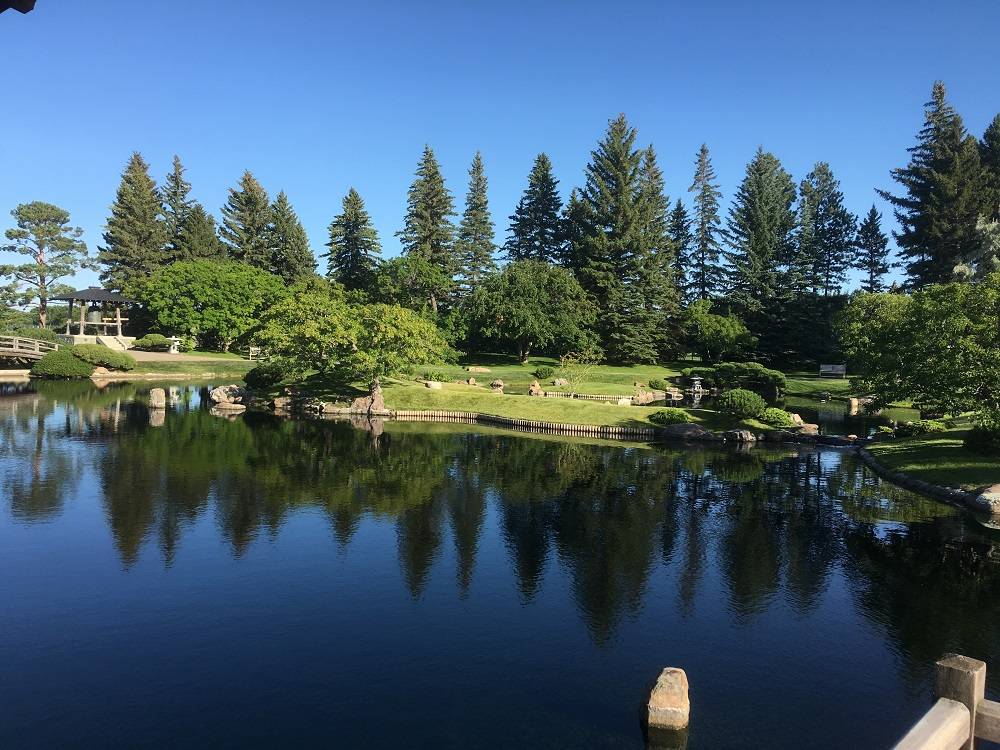
The plants in the garden are all well suited to Alberta’s climate, but they’re uniquely chosen to reflect a Japanese aesthetic. Japan’s famous flowering cherries were replaced with spectacular flowering crab apples. Caragana was substituted for bamboo. Lilacs stood in for rhododendrons. Japanese maples, which fail to flourish in Alberta’s climate, were discreetly and elegantly replaced with Amur maples. These gorgeous, fine-textured trees are native to China and are accustomed to short, hot summers with long, cold winters. They were perfect for the garden—superb with their soft green new growth in spring and their smouldering, fiery red autumn blaze.
Native shrubs like Potentilla and junipers were used to blur the lines between one section of the garden and another, and locally collected dramatic rocks and boulders give the garden a sense of place and time. In Japan, the rocks would be covered in moss. In a dry climate like Alberta, rocks with great colonies of lichens were carefully selected.
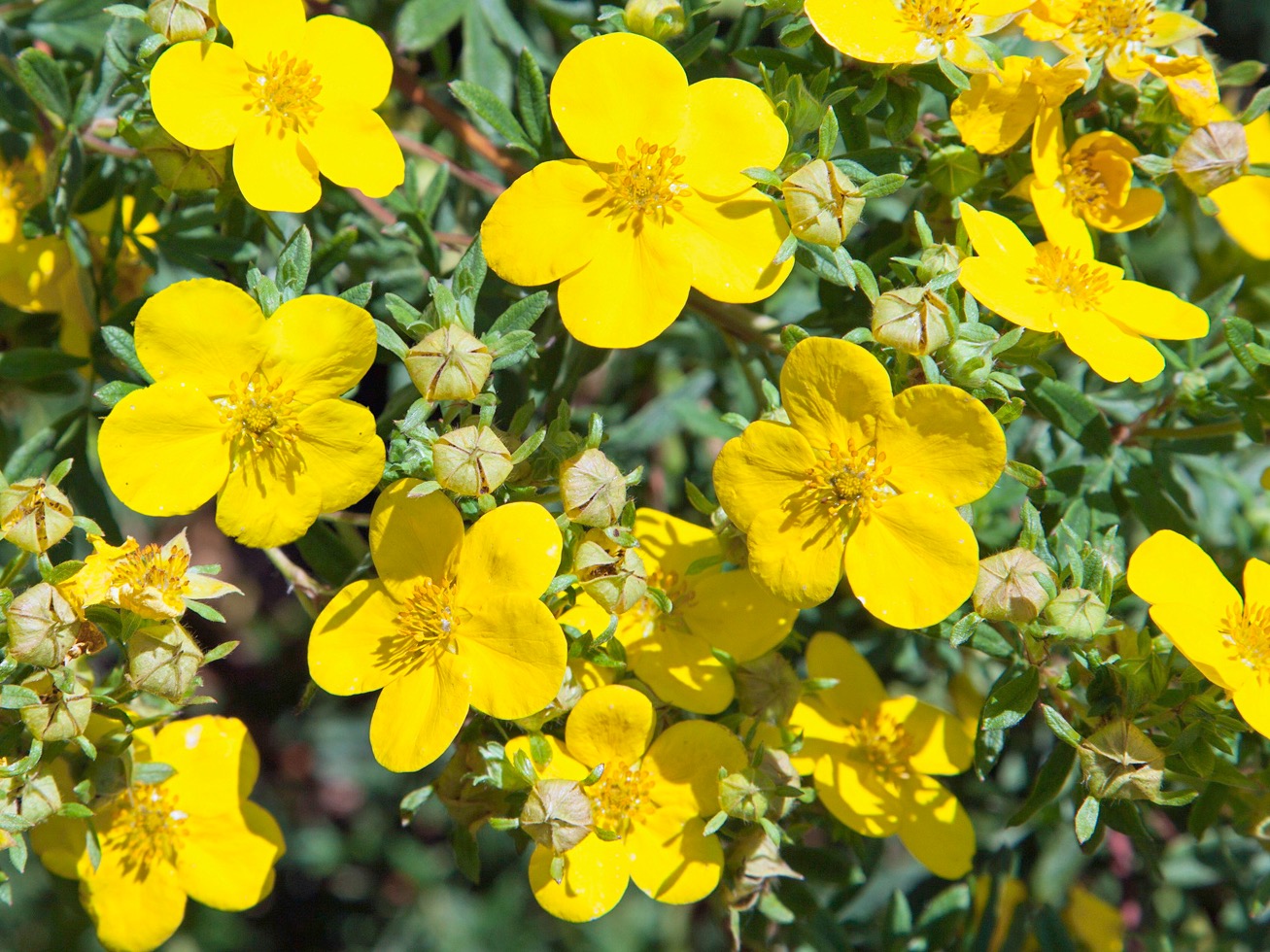
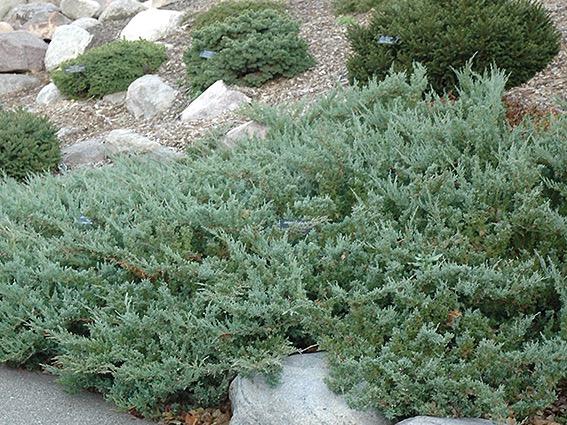
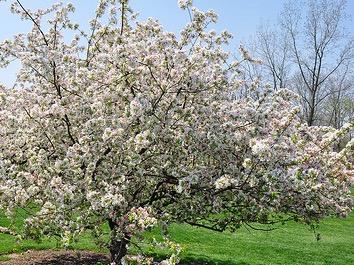
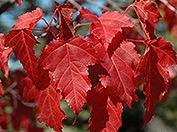
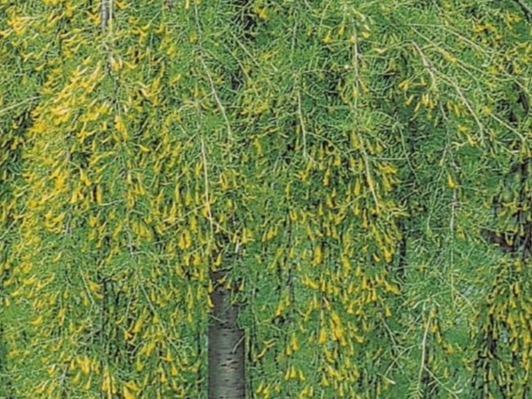
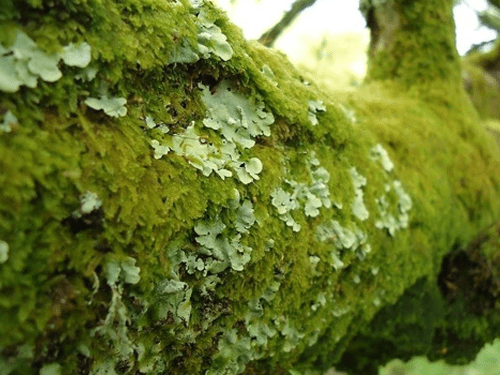
The pavilion, bell tower, bridges and azumaya (shelter) give the garden its body and gravitas, with those structural elements acting as anchors and focal points to guide the viewer through the pleasant and peaceful surroundings. Stone lanterns discreetly beckon the visitor farther into the garden, and it’s easy to feel suddenly transported in time to a century ago, to peaceful and rural Japan. Frequently the comments from guests have been “We can’t believe this garden is in Alberta!” or “We entirely forgot what part of the country we were in!”
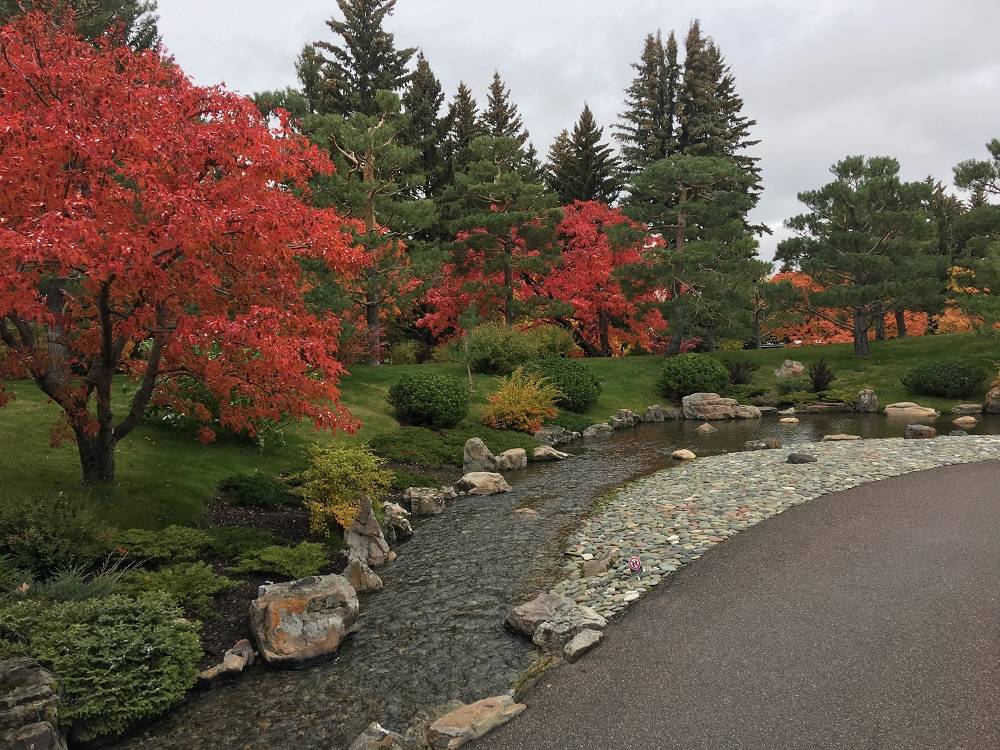
Every season brings a different kind of beauty, whether it’s spring’s urgent plea for attention or the riot of brilliant colours in fall. Summer is quietude itself, and winter shines with the glory of snow and ice. As a Prairie gardener, I spent much of my life hearing about how I would have to move to Vancouver or Victoria if I ever wanted to “actually grow anything.” I remember being told that to do any kind of a “real design” I would have to live somewhere with a much longer growing season. Prairie people have never liked being told what is possible and what is not. Nikka Yuko defies convention and its existence is improbable, a welcoming place of beauty and calm. Isn’t it time you came for a visit?
Visit nikkayuko.com for more information or to book a tour.
Lyndon Penner grew up on a farm in rural Saskatchewan and has been gardening since he was three-years-old. Well known for his passionate, outspoken, and common sense approach to gardening in a harsh climate, Lyndon has worked in horticulture for much of his life. He has written for numerous publications in addition to authoring three best selling books. He has lectured at many of western Canada's schools and universities and is a guide and wildflower interpreter at Waterton Lakes National Park. Lyndon also conducts tours and presentations at the beautiful Nikka Yuko Japanese Garden in Lethbridge, Alberta. He is a strong advocate for both forests and grasslands and is particularly fond of books, moss, and strong coffee.

